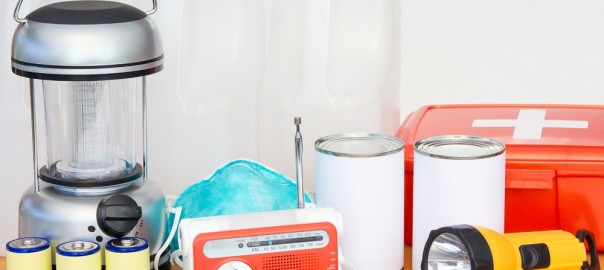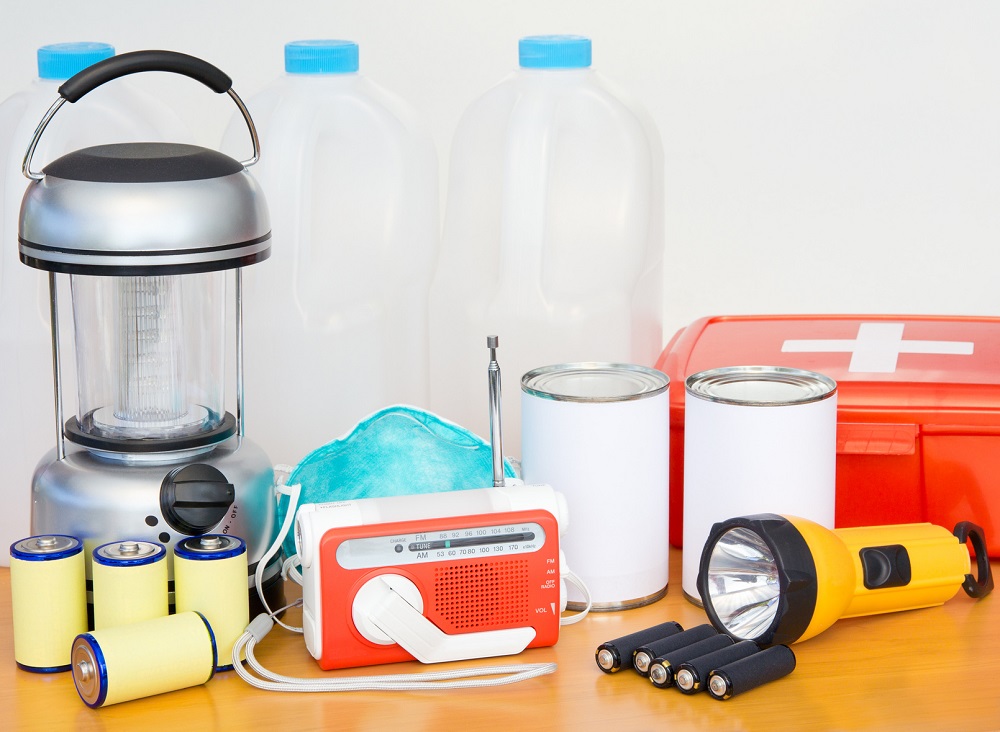No one wants to think about what would happen when a storm gets out of hand and creates serious damage, but it’s best to have a plan in place:
- Make a family plan:
- Have one place that everyone should gather in the home
- Everyone should be in charge of a task
- Everyone should know where the water and gas valves are to shut them off if needed.
- Everyone should know where the emergency kit is kept.
- Tasks:
- Task those who are able to collect important items if there is time:
- Secure family pets
- Collect needed medications
- Retrieve important documents and extra cash
- Grab the emergency kit
- Task those who are able to collect important items if there is time:
Emergency Kit:
You can create your own Home Emergency Kit in a water resistant plastic container:
- First Aid Kit
- Flashlights
- Radio
- Extra batteries
- Cell phone charger
- Work gloves
- Bottled water
- Canned & nonperishable foods & snacks
- Can opener
- Pet food
- Candles & Matches
- Toiletries
- Toilet paper
- Zip lock bags
- Blankets
Put a very clear label on your kit, make sure it’s visible and easily reachable at all times.
Also, make sure to go through the kit every 6 months to replace anything that has expired, and check that the batteries are not corroded.
You can use a backpack to make a condensed version to keep in your car, especially for winter driving:
- First Aid Kit
- Flashlight
- Extra batteries
- Cell phone charger
- Work gloves
- Bottled water
- Nonperishable food and snacks
- Flare
- Toiletry kit
- Cash
- Towel/blanket
Paperwork: as important as the originals are, scan all imperative documents so there is a digital copy in case the originals are lost. Save on a thumb drive, cloud storage like Dropbox or Google Drive, or email it to yourself for safe keeping.
Kids: If you have children, stay as calm as possible. Make sure they are able to follow instructions and get everyone to safety as fast as possible. It’s also wise to run a drill so the kids know what to do in a real emergency. They also practice at school, so you can even do it on the same day so they are completely clear on the Family Plan.
Pets: If you have to leave your home, make sure to get dogs on a leash (they can get spooked and flee even if it’s not their normal temperament) and collect small animals in a secure pet crate. Make sure to take enough food and water for them to survive for 3-7 days.
Bedside: If a storm or emergency hits in the middle of the night, keep a flashlight and a pair of shoes at your bedside, in case there is broken glass.
Weather Radio: Particularly if you live in an area that experiences tornadoes, make sure that you have a battery or crank-operated weather radio handy. The best ones also plug in to conserve battery life, so that they are always on to warn you in an emergency.
The best way to prepare for a storm is to talk through what you need to do, make an emergency kit, and always have gas in your car in case you need to evacuate. Above all, stay calm. You’re not the only person going through it, and there will be a lot of people there to help in every way they possibly can. Listen to your local and state authorities and heed their advice.

